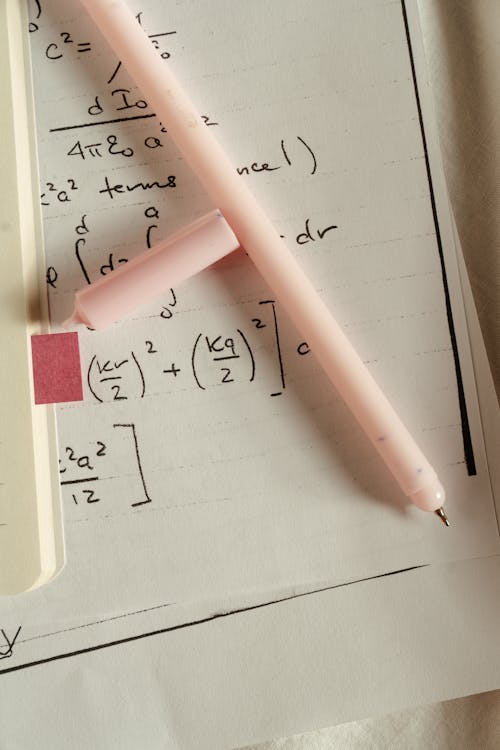Doubling Time Calculator
The Doubling Time Calculator helps you calculate how long it takes for a quantity to double, given a constant growth rate. Doubling time is commonly used in finance, population growth, bacterial growth, and investments, and it is based on the principle that the time required to double is inversely related to the growth rate.
How do you calculate doubling time?
To calculate doubling time, you can use the formula:
\( T = \frac{\ln(2)}{\ln(1 + r)} \)
Where \( T \) is the doubling time, and \( r \) is the growth rate expressed as a decimal. For example, if the growth rate is 5% (or 0.05), you would calculate the time it takes for the quantity to double using this formula.
What is the significance of doubling time?
Doubling time provides insight into the speed at which a quantity is growing. For example, in finance, it tells you how long it takes for your investment to double at a fixed interest rate. In population growth, it shows how quickly a population is expected to double over time based on the growth rate.
What is the Rule of 70?
The Rule of 70 is a simplified way to estimate the doubling time. It states that you can divide 70 by the annual growth rate (as a percentage) to get an approximation of the doubling time. For example, if the growth rate is 5%, then the doubling time is approximately \( 70 \div 5 = 14 \) years.
How is doubling time used in real life?
Doubling time is used in various practical scenarios, such as:
- Investment planning: determining how long it will take for an investment to double at a given interest rate.
- Population studies: understanding how quickly a population will double given a specific growth rate.
- Bacterial growth: predicting the time required for a bacterial population to double under ideal conditions.
What are some common applications of the doubling time formula?
Doubling time can be applied in several areas, including:
- Investment growth: calculating compound interest.
- Population growth: estimating how long it will take for a population to double.
- Natural phenomena: calculating how quickly things like bacterial populations or radioactive substances decay or grow.
Example
Doubling Time Calculator
Doubling time is the period of time it takes for a quantity to double in size or value, often used in financial and scientific contexts. This is especially useful for calculating population growth, investments, or any process that grows exponentially.
The general formula for calculating doubling time is:
\[ T = \frac{\ln(2)}{\ln(1 + r)} \] where:- T is the doubling time.
- r is the growth rate (as a decimal).
- \(\ln\) represents the natural logarithm.
Example of Doubling Time Calculation
If an investment grows at a rate of 5% per year (0.05 as a decimal), the doubling time is calculated as follows:
- Step 1: Apply the formula: \( T = \frac{\ln(2)}{\ln(1 + 0.05)} \).
- Step 2: Calculate the values: \( T = \frac{0.693}{0.049} \approx 14.11 \) years.
Thus, it will take approximately 14.11 years for the investment to double at a 5% annual growth rate.
Real-life Applications of Doubling Time
Doubling time can be applied in various fields, including:
- Population Growth: Estimating how long it will take for a population to double at a constant growth rate.
- Investments: Determining how long it will take for an investment to double based on an expected annual return rate.
- Biological Processes: Calculating how quickly bacteria or cells double in number under ideal conditions.
Common Factors Affecting Doubling Time
Growth Rate: The higher the growth rate, the shorter the doubling time.
Time Interval: Doubling time is usually calculated over fixed intervals, such as annually or monthly.
Compounding: For financial applications, the compounding frequency (e.g., monthly, annually) can affect the effective growth rate.
| Problem Type | Description | Steps to Solve | Example |
|---|---|---|---|
| Doubling Time for Investment | Calculating how long it will take for an investment to double based on a constant interest rate. |
|
For a 5% annual interest rate (0.05), use the formula \( T = \frac{\ln(2)}{\ln(1 + 0.05)} \), which gives \( T \approx 14.11 \) years. |
| Doubling Time for Population Growth | Determining how long it will take for a population to double given a growth rate. |
|
For a population growth rate of 3% per year (0.03), apply the formula to find \( T \approx 23.45 \) years. |
| Doubling Time for Bacteria Growth | Calculating how long it will take for a bacterial population to double under ideal conditions. |
|
If a bacteria population grows at a rate of 10% per hour (0.10), apply the formula to get \( T \approx 6.93 \) hours. |
| Real-life Application of Doubling Time | Applying doubling time to solve practical problems, such as saving money or measuring growth. |
|
If you want to save $1000 and the interest rate is 4% annually, use the formula to find that the doubling time is approximately \( 17.67 \) years. |










